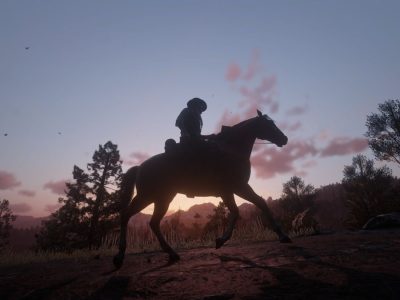(Image credit: Bella Falk)
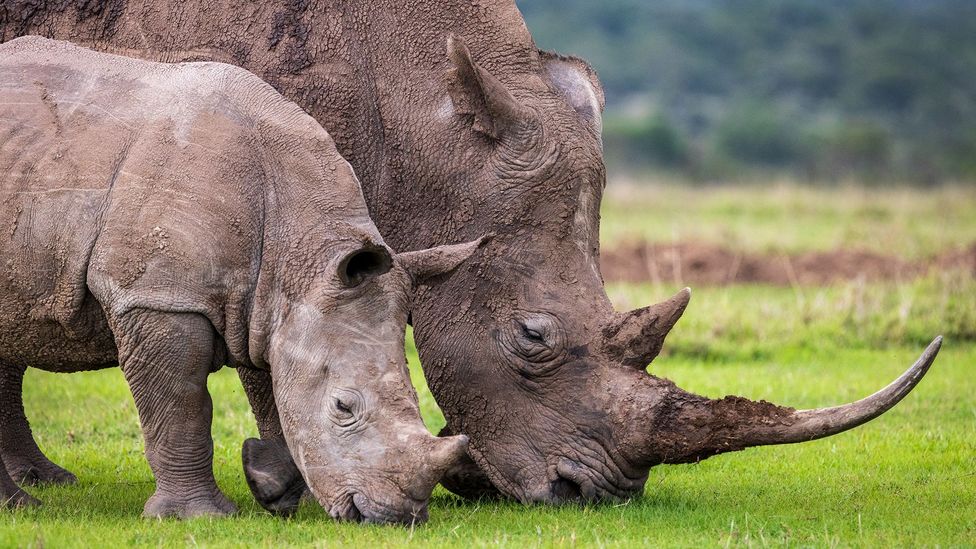
Ol Pejeta Conservancy in Kenya is home to the last two northern white rhinos on Earth – but the world’s first IVF rhino pregnancy may offer hope for the near extinct subspecies.
A
A century ago, more than half a million rhinos roamed the grasslands of Africa and Asia. Today, these much-loved herbivores, with their armoured hides, disgruntled expressions and prehistoric-looking horns, have become an emblem for our wildlife crisis: decimated by poaching and habitat loss, their numbers have dwindled by a staggering 95% to around just 27,000 worldwide.
Almost all of them now live in national parks and reserves like Ol Pejeta Conservancy in Kenya where they can be protected from the poachers that target them for their horns, which are highly prized in Asian medicine.
One subspecies, the northern white rhino, is already functionally extinct: there are only two left, both living under 24-hour armed guard here at Ol Pejeta.
But this week the scientists working with them announced a remarkable step forward in the fight to save these magnificent animals. In a major breakthrough, they used IVF to impregnate a female southern white rhino, a close relative of the northern white. It’s the first time IVF has ever been successfully used in rhinos, and a huge step forward in the mission to bring the northern white back from the brink.
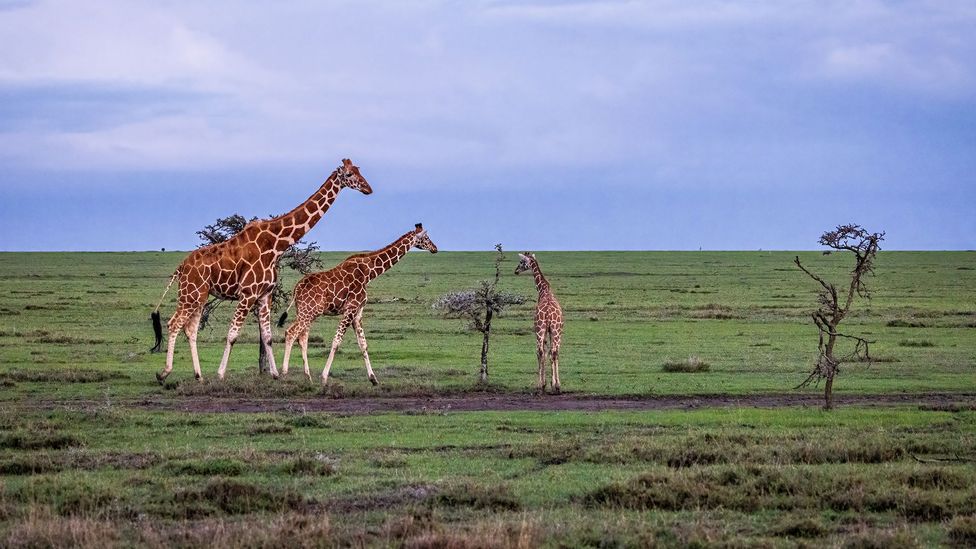
Straddling the equator in the shadow of Mount Kenya, Ol Pejeta’s sweeping expanse of open grasslands and tangled bush covers 360 sq km – roughly the size of Philadelphia or Dublin.
The reserve was formerly a cattle ranch that belonged to the notorious billionaire arms dealer Adnan Khashoggi. However, in 1988 it was taken over and turned into a small wildlife sanctuary with a focus on protecting rhinos. Later it was bought by the non-profit conservation organisation Fauna and Flora International and has now expanded to become the largest black rhino sanctuary in East Africa.
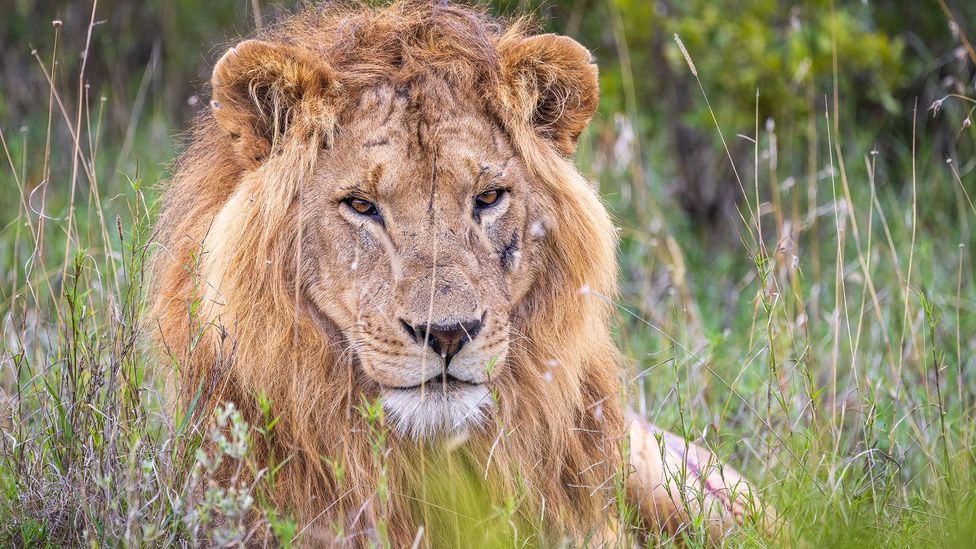
Ol Pejeta, whose name means “of the burnt grass” in the Maasai language, sits on a plateau around 1,800m above sea level. Here the equatorial heat is tempered to a milder climate, ideal for the roughly 100 mammal and 500 bird species that live here.
As well as the rhinos for which it’s celebrated, the conservancy has one of the highest predator densities in Kenya, with 100 lions in seven prides, as well as cheetahs, leopards, elephants, hippos, buffalos and many more iconic African animals.
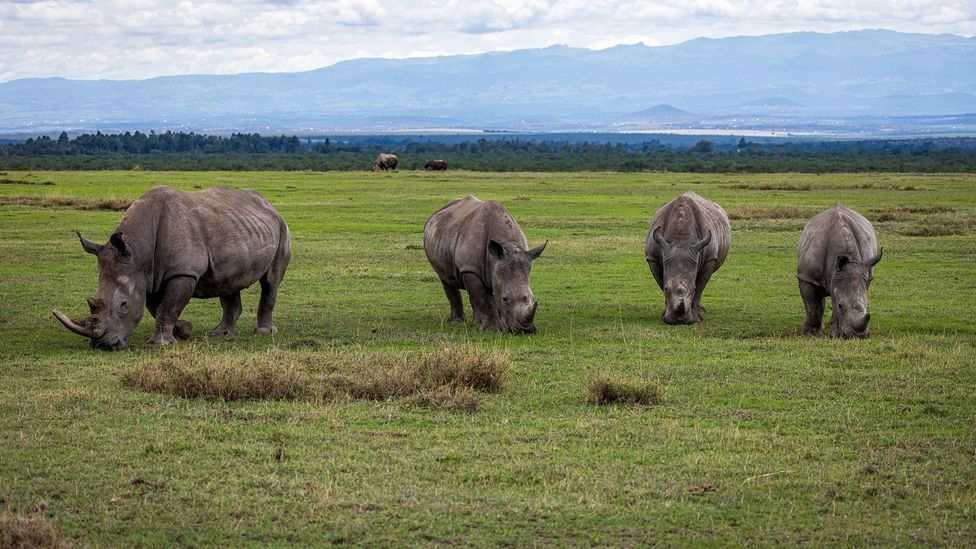
But the real success story is the rhinos. Ol Pejeta is home to 165 critically endangered black rhinos, 52 southern white rhinos (pictured) and the last two remaining northern whites. All of them are monitored 24/7 by an armed rhino protection squad, supported by a wider team of rangers and a K9 dog unit.
This protection doesn’t come cheap – it costs about US$850 per month to protect a single rhino, but it works. They haven’t lost a rhino to poaching in more than five years.
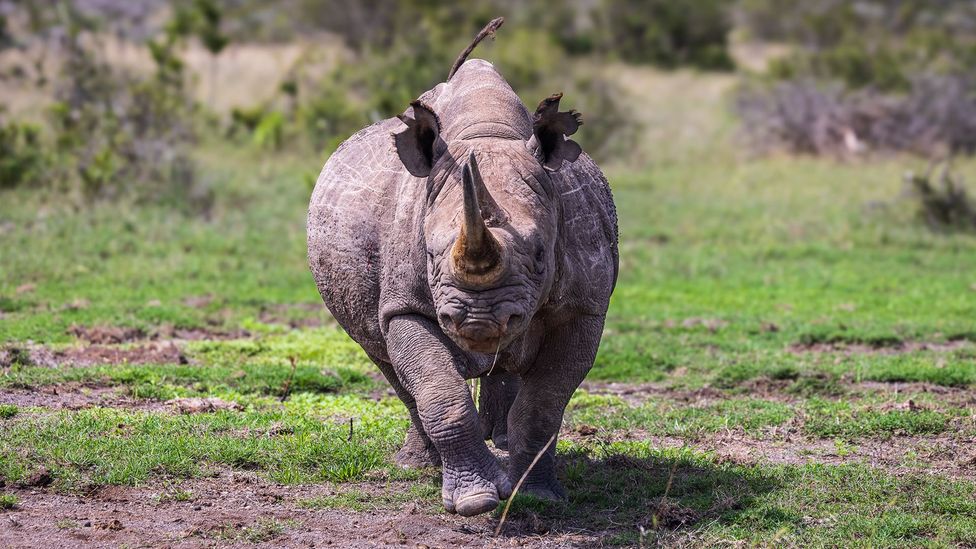
Despite being called “black” and “white”, all African rhinos are grey. The name has nothing to do with the colour – one oft-repeated theory is that the word “white” came from the Dutch word “wijd“, meaning “wide”. Dutch settlers in South Africa were said to have seen the white rhino’s wide, square mouth, and the name stuck. Black rhinos, which have a narrower, pointed upper lip, were so-named to differentiate them from their “white” counterparts.
White rhinos are more sociable and tend to hang around in groups. Black rhinos are more solitary and can often be aggressive, as I learned when this one charged directly at our car.
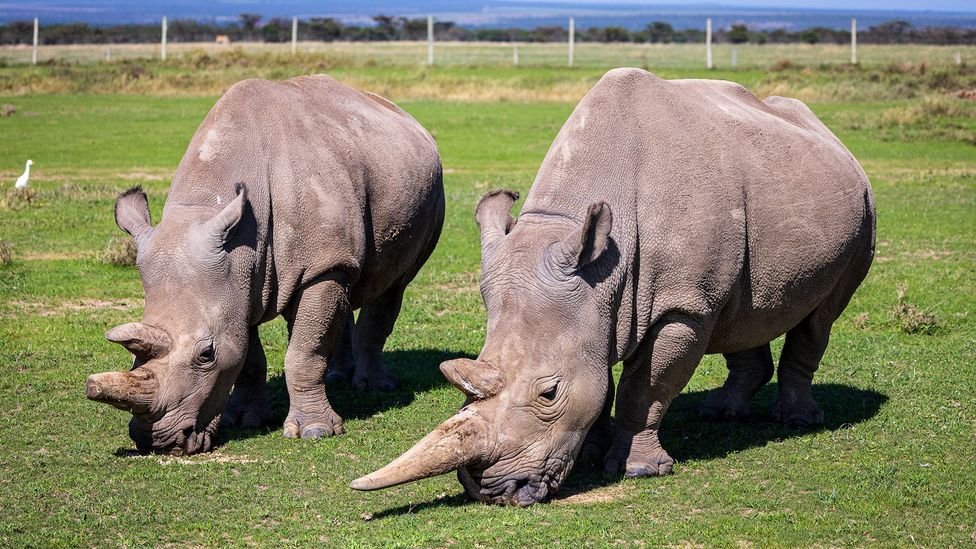
All the rhinos at Ol Pejeta are precious, but the most precious are 34-year-old Najin and her daughter, Fatu. They are the last two remaining northern whites, a subspecies of white rhino that once thrived across central Africa before poaching wiped them out.
Najin and Fatu were brought from a Czech zoo to Ol Pejeta in 2009, along with two males called Sudan and Suni. Back then, they were four of just seven northern whites left alive, and scientists hoped the climate and rich grasslands of Kenya would encourage them to produce a calf after the zoo’s own breeding programme failed.
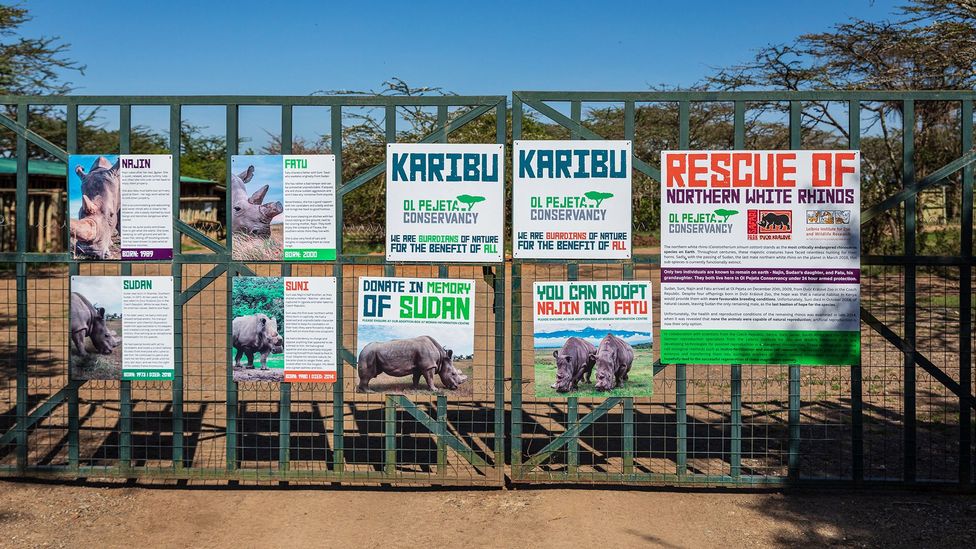
To keep them safe and well, the four rhinos were put in a dedicated 700-acre enclosure under 24-hour armed surveillance and fed a nutritious diet. Sadly, although Najin did mate with Suni, she did not get pregnant, and both Suni and Sudan later died, as did the last remaining northern whites in other zoos.
Now Najin and Fatu are the only two left, living in the same protected enclosure, with a handful of southern white females for company.
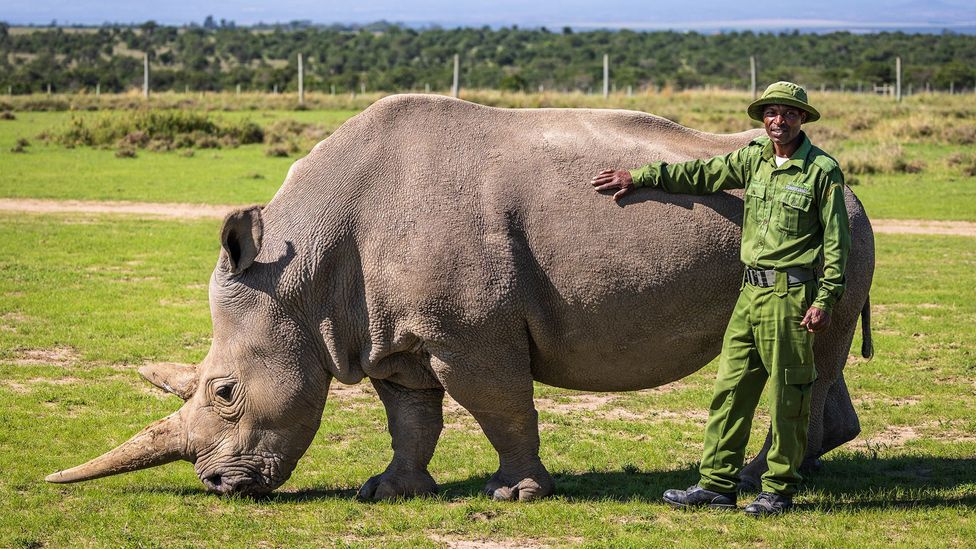
Head keeper Zachary Mutai has been looking after Ol Pejeta’s northern whites for 14 years and has a special bond with these ladies. “I feel so grateful that I get to look after the last two of their kind,” he said, “but at the same time it’s a huge weight on my shoulders because they need so much special care, and the whole world is watching.”
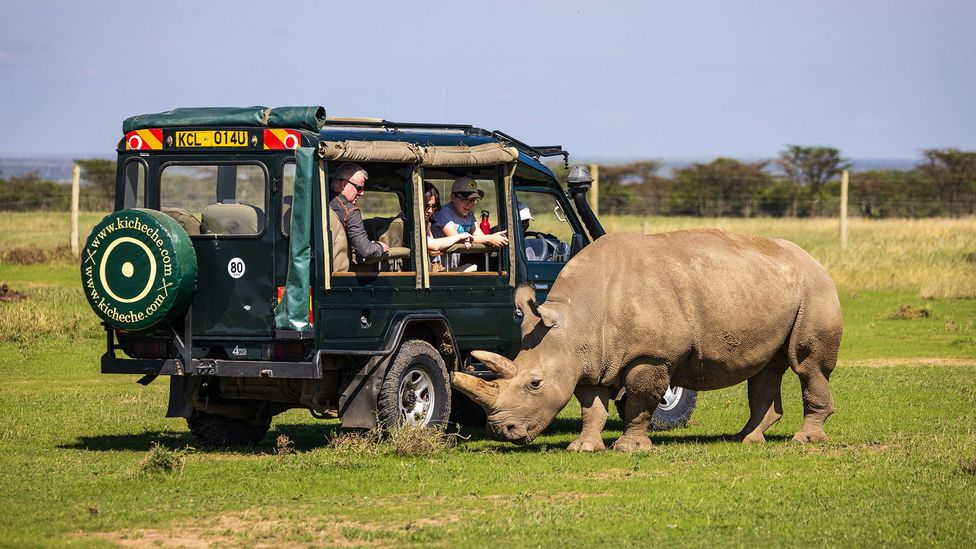
Visitors to Ol Pejeta can meet Najin and Fatu, who are used to being around humans and are very friendly. Coming face to face with them from the open window of a safari car, I was surprised by how emotional I felt. It’s moving to be so close to any wild creature, but to be able to see up-close an animal that represents mankind’s destruction of the planet, just before its species goes extinct, is a moment that will stay with me for a long time.
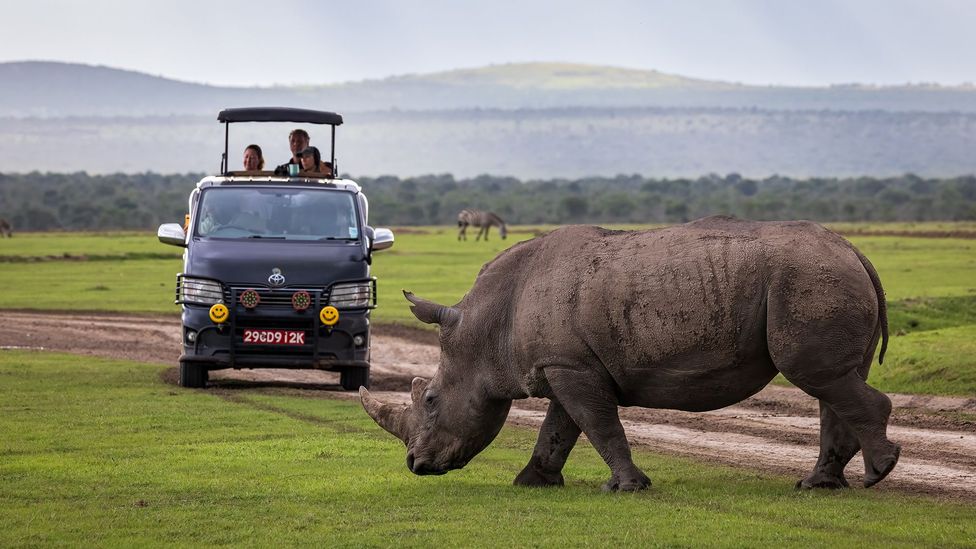
But all may not be quite lost. For the past few years, scientists from international consortium Biorescue Project have been working to save the species. Taking sperm from two of the last males before they died and eggs harvested from 23-year-old Fatu, they’ve managed to create 30 frozen northern white embryos. Due to age and health reasons neither of the females can carry a pregnancy, so experts plan to use southern white females as surrogates.
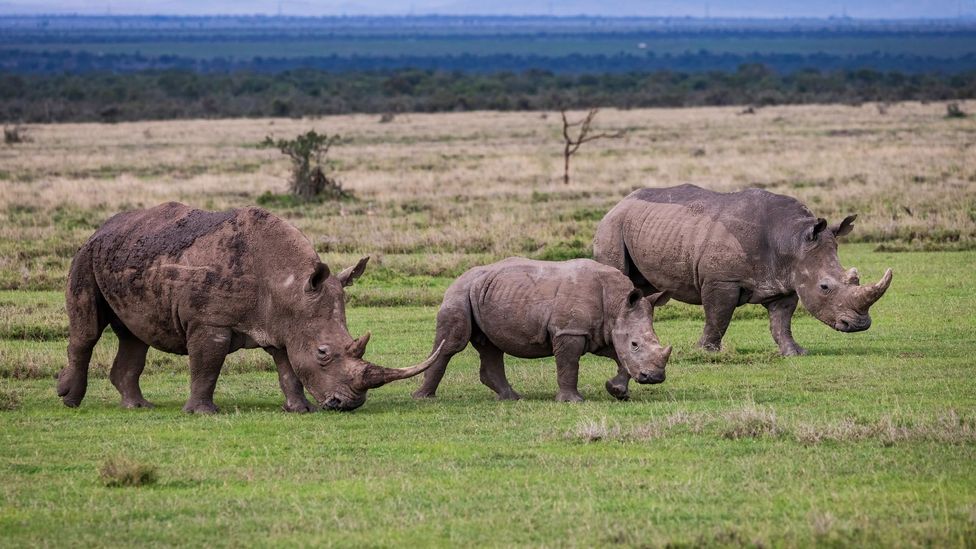
IVF on rhinos has never been done before and is “very challenging in such a big animal, in terms of placing an embryo inside the reproductive tract, which is almost 2m inside the animal,” Susanne Holtze, a scientist at Leibniz Institute for Zoo and Wildlife Research in Germany, which is part of the Biorescue project, told BBC News.
Before they used their precious northern white embryos, the team wanted to test the process with southern whites. It took 13 attempts, but for the first time ever, they finally succeeded. Sadly, both mother and foetus died after the female contracted a bacterial infection, but the successful pregnancy lasted 70 days and a post-mortem showed the male calf had been developing well.
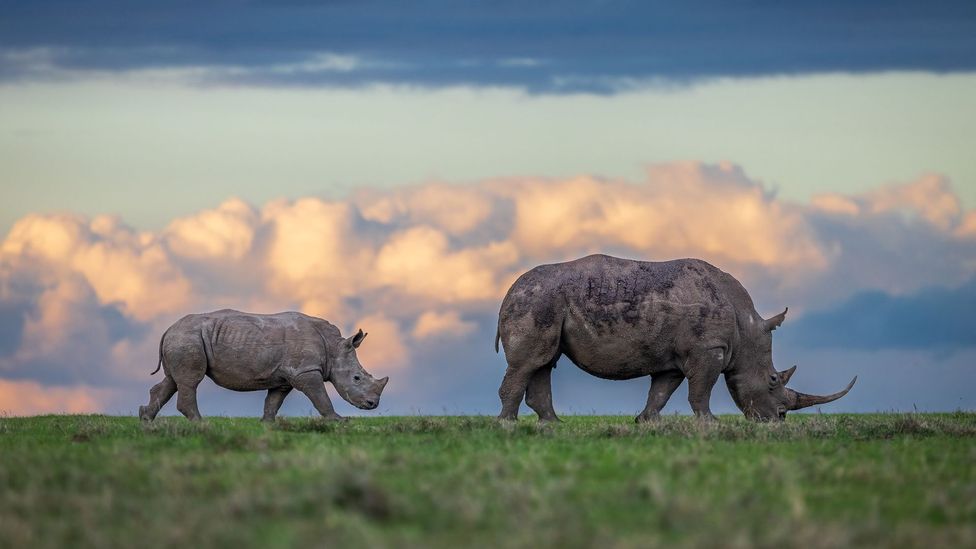
The pregnancy may have ended in tragedy, but this success brings scientists another step closer to their goal of creating a new baby northern white rhino. With such a tiny gene pool it won’t be enough to save the species, but scientists hope the next step will be to use stem cells to create new rhino sperm and eggs, which will then be used to make new embryos.
In the meantime, 2024 is the year to visit Ol Pejeta and meet the stars Najin and Fatu before it may be too late.
BBC Travel’s In Pictures is a series that highlights stunning images from around the globe.
—
Join more than three million BBC Travel fans by liking us on Facebook, or follow us on Twitter and Instagram.
If you liked this story, sign up for The Essential List newsletter – a handpicked selection of features, videos and can’t-miss news delivered to your inbox every Friday.
;



